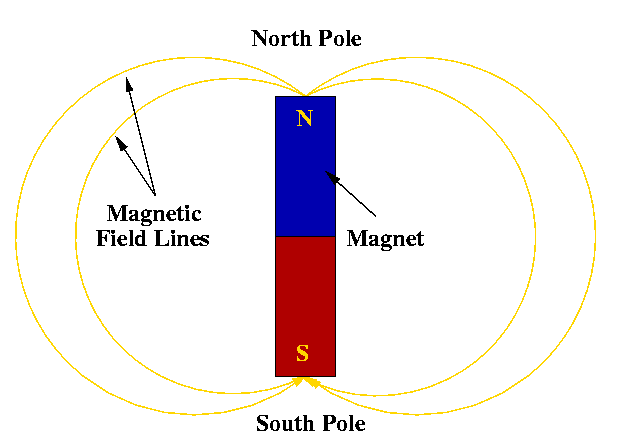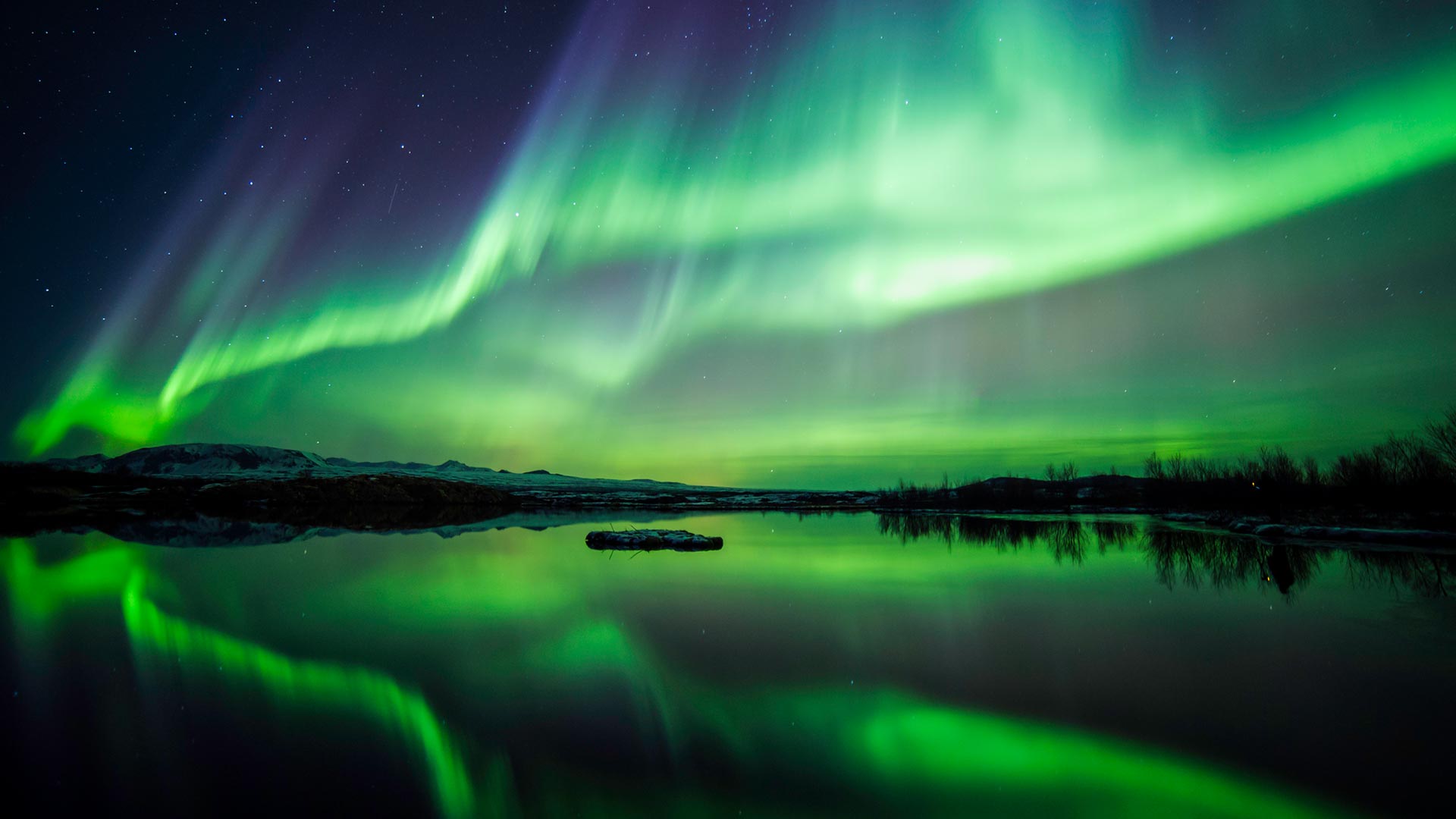What is magnetism?
Magnetism is an invisible force, which acts between iron, steel. and a few other metals. each magnet has an area around it where it exerts its force power, called its magnetic field. this field gets weaker farther away from the magnet. But if another magnetic material comes closer, the magnet either pulls it closer or pushes it away.
What is a magnetic pole?
Magnetic force is especially strong at each end of magnet. these two ends are called the poles.one is called the north( or north-seeking) pole, because if the magnet is suspended freely, this pole swings around until it points north. The other is called the south pole. if the opposite poles of two magnets come close, they will be drawn together. If the opposite poles of two magnets come close, they will be drawn together. If the same poles meet, they will push each other apart.
How big is earth's magnetic field?
Earth's magnetic field extends far out into space, forming a plum-shaped barrier called the magnetosphere. on the side facing the sun, it stretches out 37,000 miles(60,000 km). on the far side, it is blown out four times this far by the solar wind.
Magnetism is light
Why do magnets stick? Magnets attract each other because they exchange photons, or the particles that make up light. But unlike the photons streaming out of a desk lamp or reflecting off of everything you see around you, these photons are virtual, and your eyes (or any particle detector) can't "see" them. They can, however, exchange momentum, and this is why they stick to things or repel them. When a kid throws a dodge ball, they're exchanging momentum with the ball, and the thrower feels a slight push back. Meanwhile the target person feels the force of the ball, and (maybe) gets knocked over — they are "repelled" from the thrower. With photons, the process can also happen in reverse, as though one kid reached out and grabbed the ball while the other was still hanging on to it, which would look like an attractive force.
Photons are the force carriers not only for magnets but also for electrostatic phenomena like static electricity, and it's why electromagnetism is the term we use for effects produced by these phenomena – including light, which is an electromagnetic wave.
Magnets don't have to be iron or even metal!

most of the magnets we use are made of iron (like fridge magnets). But that doesn't have to be so. Magnets can be made of any material with unpaired electrons. That includes many metals and alloys, such as neodymium, which is used in disk drives. Ferrimagnetic materials, in fact, are often not metals at all. Among them are spinels, which are used in the magnets that seal refrigerator doors.
The northern lights
The interaction of solar radiation with Earth's magnetic field creates spectacular light shows or auroras over the north and south poles.
The Northern Lights are actually the result of collisions between gaseous particles in the Earth's atmosphere with charged particles released from the sun's atmosphere. Variations in colour are due to the type of gas particles that are colliding. The most common auroral color, a pale yellowish-green, is produced by oxygen molecules located about 60 miles above the earth. Rare, all-red auroras are produced by high-altitude oxygen, at heights of up to 200 miles. Nitrogen produces blue or purplish-red aurora.




babal cha
ReplyDeleteThanks!
DeleteGreat Mr. Bajracharya !!
ReplyDeleteThank you! for your appreciation. You would also like other articles of my blog.
DeleteI found this really interesting and my son loves playing with magnets and always asking how it is works. Thanks for sharing
ReplyDeleteI remember learning all about this at school and enjoyed doing science experiments with magnets.
ReplyDelete